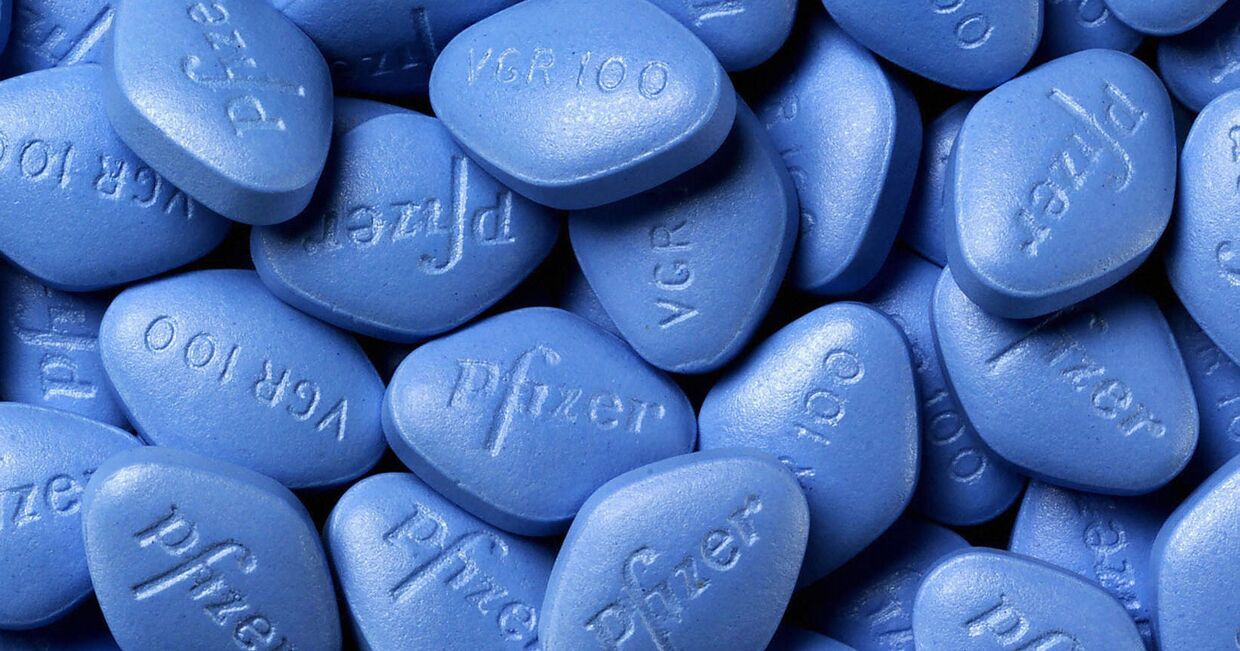The Slavonic population was initially made up of 15 families united in one big nation. This empire spread from the Greek territories to Europe. The rulers of the empire were three brothers: Riupik, Sineus and Trubop (Riurik, купить таблетки виагра). In the year of 882, the three brothers and their armies settled on the territory of the present day Russia and Riurik became their leader. In the year of 988 they accepted Christianism as the official religion. Many migrating populations lived on the occupied territories; they were assimilated, becoming part of the newly-formed country. At first, the army of the Russian empire carried incessant wars with the Mongol empire. There were losses on both sides, until the alliance of all Slavs led to the conquest of the Mongol empire whose people were also driven away. The Russian territory is larger than that of China or of the United States.
Owing to the diversity of its relief, Russia has brought very many improvements and innovations to the world’s traditional medicine. Talking about the Russians and about their experience in traditional medicine, we must firstly emphasize the fact that the matter of national health has always been treated with the greatest seriousness.
All the nation’s great healers, no matter in which part of Russia they developed their activity, were summoned to share their experience. They took this course of action because Russia has huge climate diversity. In each area the traditional medicine treatment is different and so are the treatment methods, extremely diverse. In the first place – all the healers having been summoned – they discussed about the mutual confidence in the various treatments of Russian traditional medicine. Confidence is a very important factor in accepting the traditional medicine treatments, especially the Russian ones, and in getting very good results from each treatment.
The Russian healers approached the matter of live water and dead water very seriously. What is live water? What is dead water? Are they myth, legend or truth? They started by telling a story about a man who was looking for live water to bring his beloved one back to life.
What is water? At the first glance, there is nothing interesting about it. It has more than one state. Water in liquid state is found in nature, from spring to ocean. The steam from the tea kettle or the cloud, both are water, too, only in gaseous state. Fluffy snow or ice, they are also water, but in solid state. In conclusion, water is found in three states and, as I mentioned previously, nothing interesting at the first glance. But only at the first glance.
Everybody knows that frozen water breaks pipes and pots and yet, no matter how cold outside, water stays fluid in the capillaries. How many secrets does water hide, anyway? How many attributes does water have, anyway, when it’s found in fruit and vegetables or plants?
Live water and dead water are found in the underground sources. The spring of miracle water is one of these sources, the one that has collected 1,500-2,000 meters deep underground, after undergoing many filtering stages and after being enriched along its route with minerals and amazing powers from all the plants it came in contact with at the surface.
Let’s get back to figures! Fifty-five to seventy percent of a man’s body mass is water. There is more water than fat in our muscles. The bigger our body is, the larger the amount of water. Water is part of any cell in the human body. Blood contains 83% water, muscles 73%, fats 25% and bones 22%. Seventy percent of the body water is in the cells, in combination with the protoplasm. It is called structural water. It has a high bioactivity and it ensures body’s resistance against the aggressive environmental agents. The body water by itself is enough to ensure our health guaranteed.
The water structure, H2O, is known, but change has been taking place constantly for billions of years. We must also see the other elements from Mendeleev table, taking into account that millions of tons of gold, silver and other metals are dissolved in the ocean. There are also huge amounts of salts in the water. The water that we drink contains: iron, manganese, zinc, aluminum, calcium, nitrates, phosphates and many others.


